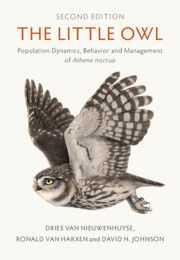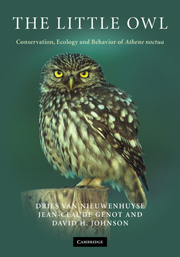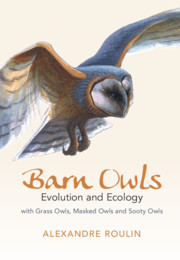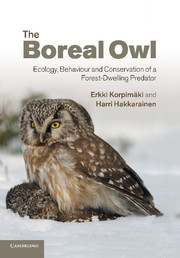The Little Owl
The basic biology of owls is poorly understood compared to that of other bird species. The Little Owl, Athene noctua, is one of the best models for biological and conservation research. Though widespread across Europe, Asia and North Africa, populations of the Little Owl are now in decline, making studies of its behavior and ecology all the more important. This extensively revised and updated second edition features substantial new long-term data on population dynamics, behavioral observations and breeding biology of the Little Owl. The authors discuss its wide-ranging ecology, genetics, subspecies, and population status by country. In addition, they outline a research strategy and monitoring program. Exceptional illustrations of all fourteen subspecies cover embryonic and chick development, feather growth and moult, including high-quality drawings presenting concrete management suggestions. Whilst being an invaluable resource for academic researchers, its accessible and straightforward style will also appeal to amateur ornithologists and enthusiasts.
- Includes seventeen years of previously unseen webcam observations unfolding the behavior of Little Owls mainly based on captive breeding data
- Incorporates substantial new literature dating back to 1495, with particular focus on the subjects of population regulation, behavior, genetics and global distribution
- Contains previously unpublished data collected through the International Little Owl Working Group
- Features an unprecedented russet variant occurring on the Arabian Peninsula indicating a possible new subspecies
Reviews & endorsements
'Among the many fascinating titbits to be found in The Little Owl is a note on beak colour. Recent research shows that females with yellower beaks rear significantly larger nestlings than their duller billed counterparts: what is more, juveniles sporting the brightest beaks receive more food than siblings with drab-coloured or grey bills. But there is nothing dull or drab about this book. Highly recommended.' Dan Eatherley, Ibis
Product details
October 2023Hardback
9781009100151
539 pages
251 × 174 × 34 mm
1.34kg
Available
Table of Contents
- 1. Introduction – Framework
- 2. History and traditions
- 3. Fossil evidence, taxonomy and genetics
- 4. Morphology and body characteristics
- 5. Distribution, population estimates and trends
- 6. Habitat
- 7. Diet
- 8. Breeding season
- 9. Behavior
- 10. Population regulation
- 11. Management and conservation
- 12. Research priorities
- Appendix A – List of prey
- Glossary
- References
- Index.










